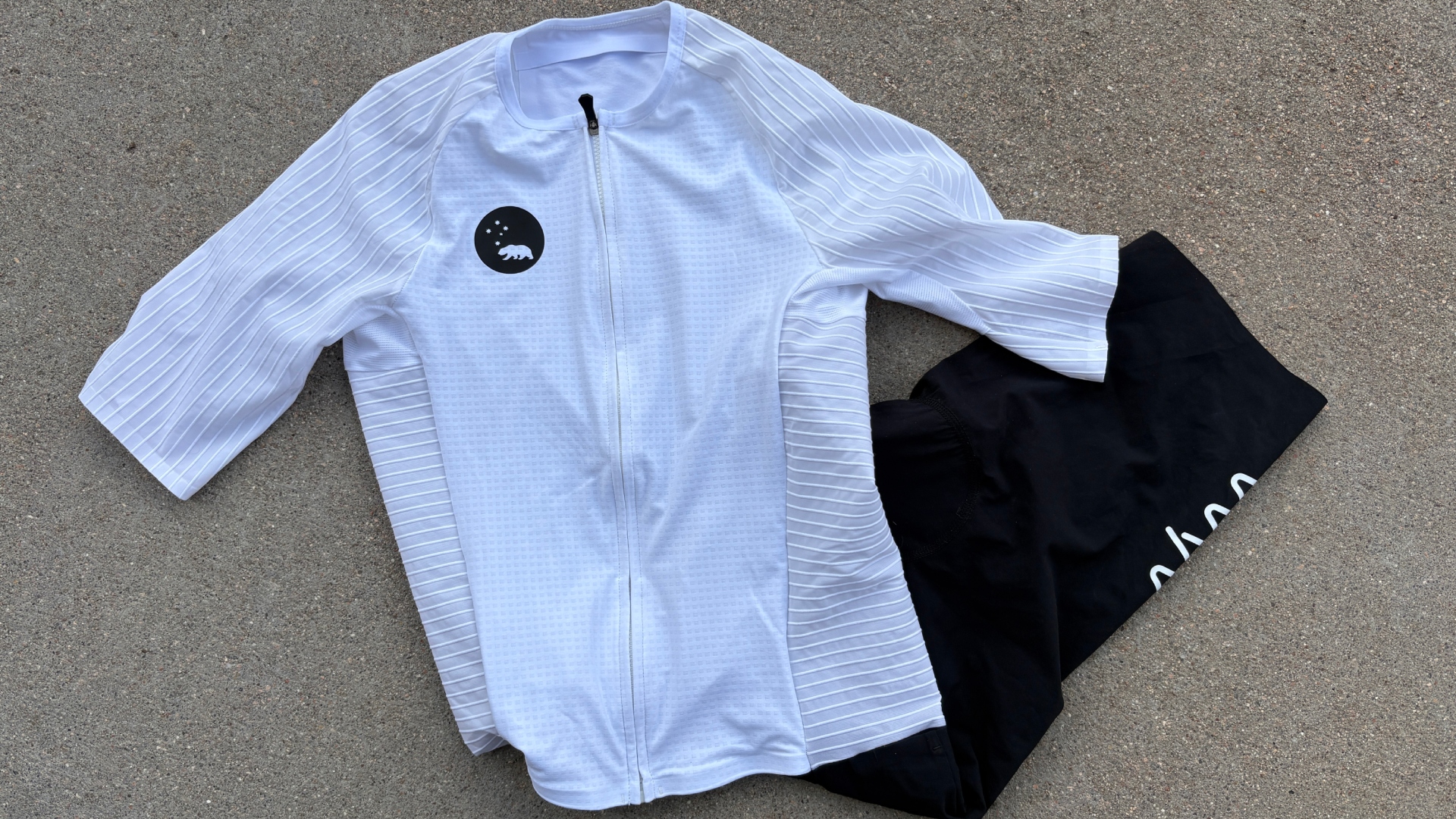Undercover Mechanic: Cyclists have become very excited about aerodynamics without a correlated excitement for pilates - the result is a lot of spacers
90% of the front area is you, not the bike; having a kamtail downtube will make sod all difference if you’re unable to reach the bars, argues CW’s Undercover Mechanic


When a customer comes into my store - more often than not - they have a predetermined opinion on what type of bike they need, based on the manufacturer’s descriptions, as opposed to their physical characteristics. “I need an endurance bike because I just do long club rides”, or, “I want to race, so I need an aero bike.”
I would argue that - all to often - people are buying a bike based on its marketed use rather than its fit.

Cycling Weekly's Undercover Mechanic will be publishing his thoughts on the state of the industry once a month. He's been working with bikes for over two decades, offering servicing on models from some of cycling's best (and worst) marques. You'll find him at all major trade shows and events, just don't expect him to make himself known.
To offer a whistlestop explainer, bike geometry exists on a spectrum. We can place aero bikes - with their low headtubes and longer reach, allowing riders to get lower - on one end. At the other end, we have endurance bikes, which are in theory designed to be a little higher and shorter, to create a more upright position. There’s a wide range of ‘somewhere in between’ bikes fitting into a range of categories.
What this ‘intended use’ model does not take into account is the deviation between human bodies. Some people have long legs and short torsos, others the opposite. One person’s long and low is another’s short and high.
It’s true that, in recent years, bikes have been getting longer and lower across the board. I can still remember a time when the generally accepted rule for a club road bike was to have the saddle level with the bars as the starting point. That wouldn’t even be considered for a gravel bike these days. So what has changed?
Firstly, increasing research in this field has led to changes in how we position people on bicycles. But - just like most things in the cycling industry - there’s often an overcorrection before things level out. In recent years everybody’s got very excited about aerodynamics, but there hasn’t been a correlated increase in excitement about pilates, so there are increasingly fewer riders we see who can actually achieve the positions some of these bikes were built for.
Manufacturing models also play a part, with moulded carbon fibre the most prevalent approach. When a brand is designing its latest range of road bikes, the cost of the moulds runs into the millions, so they don’t get changed regularly and are expected to last several years. Often an updated frame will maintain the same geometry but change some of the aesthetic by simply modifying one of the existing moulds. Therefore, manufacturers are pretty slow to react to feedback about their geometry. That combined with the desire to use the least amount of expensive moulds possible to provide a range of sizes leads to this situation where sometimes a rider can’t find a bike that fits them perfectly in a model range.
This can then be compounded by the increasing use of integrated and one piece cockpits, making it incredibly expensive to alter the sizing other than placing spacers under the stem.
And, of course, the incompatibility between the dream of a super aero looking bike, and a rider’s physical capacity, is often a factor.
How do we get around this? Well, the curmudgeon in me longs for the good old days [as described in sports writer William Fotheringham’s book, Fallen Angel] where every village and town had its own frame builder and mechanic and everybody rode bikes that fitted them perfectly. However, the answer is actually much simpler than constructing a time machine.
Seek out a bike sizing session, from a decent local provider - or even someone within your local club - before you buy a bike. If you don’t want to leave the house or interact with other humans, there are several websites available where you can enter your bike fit dimensions and do a search for bikes that suit you. Doing this groundwork first will not only ensure you have the right frame size, stem length bar width and seatpost to look for it also allows you to buy with confidence by asking the store to swap out the parts pre purchase, which will often be cheaper or cost neutral, than having it done after the fact.
If you find a bike that fits perfectly, please ignore its designation. An endurance bike that’s well fitted with a decent set of wheels will be far quicker than an ill fitting aero bike. Don’t forget that around 90% of the frontal area is you, not the bike; having a kamtail downtube will make sod all difference if you’re unable to reach the bars.
What happens if you can’t find a bike to fit you? Well there are plenty of good custom framebuilders out there, who can build you a bike in whatever material takes your fancy.
Thankfully, the backlash on geometry has been going on long enough now that some manufacturers are starting to steer the ship back on course; it’s starting to become possible to buy frames that could easily be used for everything from racing to touring, and I’m hopeful that within a couple of years, we will have lots of nice bikes, that fit human beings again. Now, where did I leave that Flux Capacitor?

Thank you for reading 20 articles this month* Join now for unlimited access
Enjoy your first month for just £1 / $1 / €1
*Read 5 free articles per month without a subscription

Join now for unlimited access
Try first month for just £1 / $1 / €1
Get The Leadout Newsletter
The latest race content, interviews, features, reviews and expert buying guides, direct to your inbox!

Cycling Weekly's Undercover Mechanic will be publishing his thoughts on the state of the industry once a month. He's been working with bikes for over two decades, offering servicing on models from some of cycling's best (and worst) marques. You'll find him at all major trade shows and events, just don't expect him to make himself known.
-
 Save £42 on the same tyres that Mathieu Van de Poel won Paris-Roubaix on, this Easter weekend
Save £42 on the same tyres that Mathieu Van de Poel won Paris-Roubaix on, this Easter weekendDeals Its rare that Pirelli P-Zero Race TLR RS can be found on sale, and certainly not with a whopping 25% discount, grab a pair this weekend before they go...
By Matt Ischt-Barnard
-
 "Like a second skin” - the WYN Republic CdA triathlon suit reviewed
"Like a second skin” - the WYN Republic CdA triathlon suit reviewed$700 is a substantial investment in a Tri Suit, and it is, but you’ll definitely feel fast in it
By Kristin Jenny